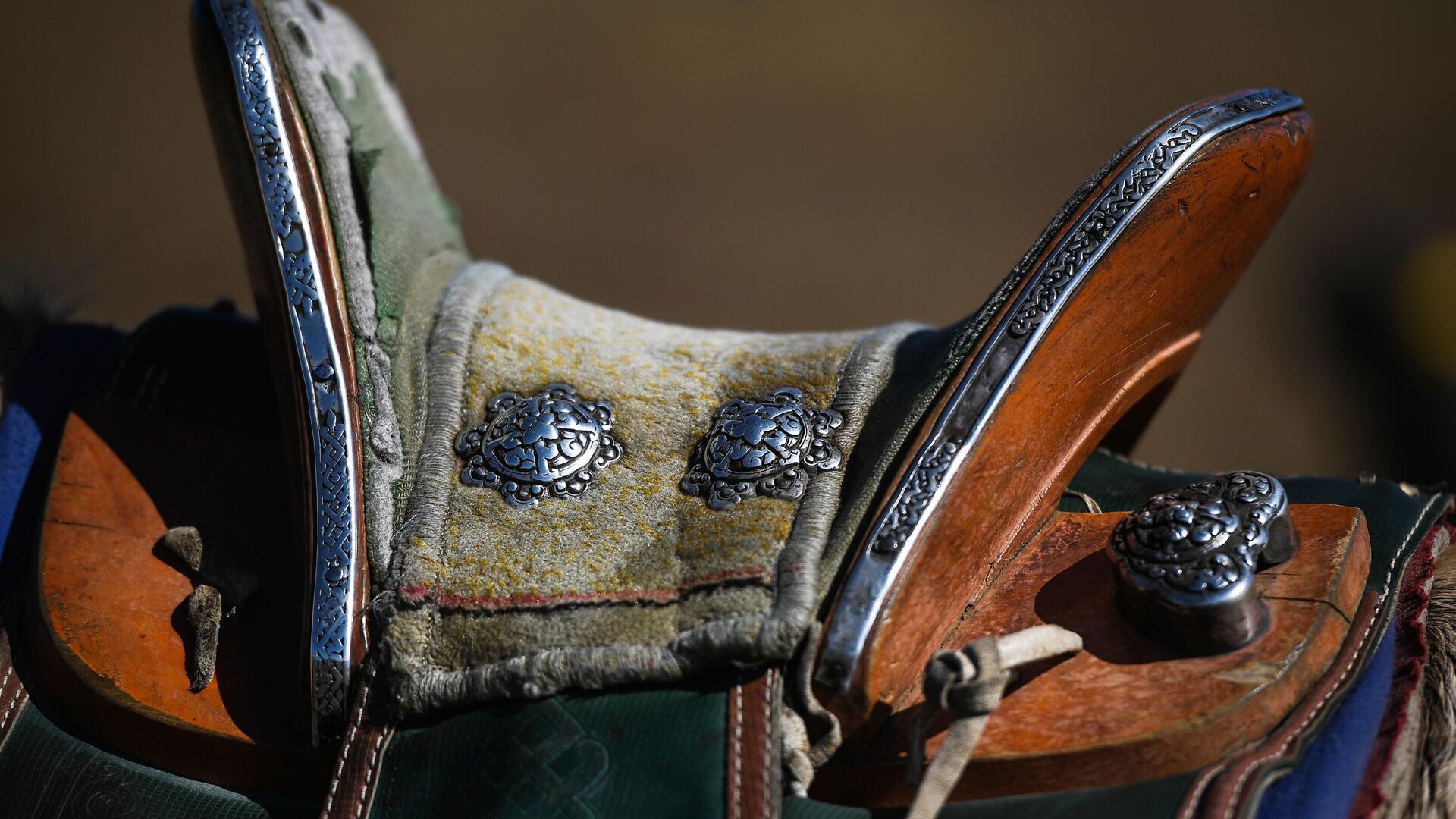
MOSCOW, April 5 Visitors of the exhibition “Wild Field. In Eternal Motion” will be able to travel across the Great Steppe with the help of artificial intelligence and get acquainted with the history of nomadic peoples, which will be held at the State Historical Museum from April 9 to September 9, the organizers of the project reported in a press release. conference in the media group «Russia Today».
As the creators of the exhibition said, the exhibition is dedicated to the relationship between the nomads of the Eurasian steppe and the inhabitants of Russia, who have been in constant contact for many centuries. According to the General Director of the State Historical Museum Alexei Levykin, the history of our country cannot be studied in isolation from the history of the tribes that inhabited the “Wild Field”.
“»This territory played an outstanding role, probably, in the history of not only our country, not only our peoples, but it played an important role in the history of civilization of the entire Eurasian continent,” said Levykin.
Chief researcher of the department of archaeological monuments of the State Historical Museum, curator of the exhibition Natalya Shishlina agreed with him.
< br />“This exhibition is not just an exhibition about nomads, this exhibition is about Russia, about the fact that every Russian has a drop of nomadic blood,” she said.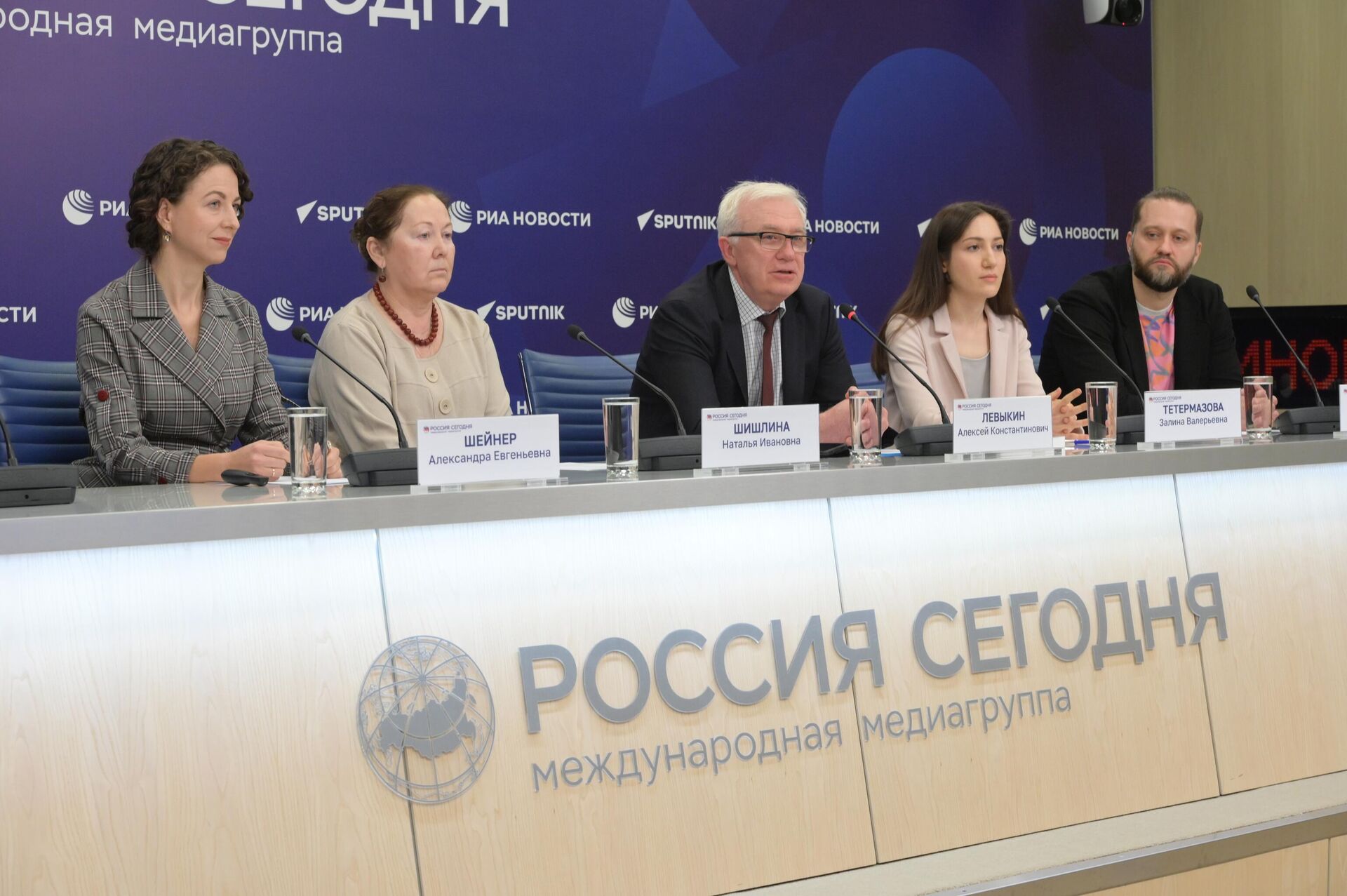
The expert noted that the project is aimed at destroying the stereotypical images of nomads existing in the imagination of modern people as uncivilized, uncultured, formidable horsemen, instilling fear in the settled population and destroying everything in their path.
“
"Through the image of the world we We show that this is a real civilization that has been formed since the fifth millennium BC precisely in this original ecological space of the Eurasian steppes. A new culture, new economic strategies, a new spiritual world were created here,” said Shishlina.
According to her, archaeological excavations and ethnographic studies indicate that over many centuries the conquerors of the steppes not only formed their own culture, but also contributed to the development of all spheres of social life in neighboring medieval states.
In order to show the diversity of the image of a nomad, the creators of the exhibition invited other Russian museums to participate in the project. The country's largest museum collections — the State Tretyakov Gallery, the Pushkin Museum of Fine Arts — shared unique exhibits from their own collections. A.S. Pushkin, Kunstkamera, State Museum of Oriental Art, Azov Historical, Archaeological and Paleontological Museum-Reserve, Rostov Regional Museum of Local History.
As Zalina Tetermazova, a researcher at the State Historical Museum and curator of the exhibition, said, the exhibition brings together everyday objects that surrounded the nomads of the past, authentic historical documents and works of art that reflect the creative view of artists on nomadic life.
“»We tried to create something like this in part a fantasy world, but at the same time, these are fantasies intertwined with documents, with authentic things and academic narratives of history,» she explained.
Tetermazova added that the ancient archaeological sites presented at exhibition, exist in dialogue with the works of contemporary artists. The exhibition includes, for example, the sculpture “Archer” by Dasha Namdakov, cast especially for this project, and a series of paintings by Rinat Minnebaev “Ibn Fadlan’s Journey to the Itil River.”
According to the organizers, modern digital technologies will also help you get to know the life of your ancestors better. Visitors to the exhibition will be able to travel back in time with the help of artificial intelligence and create their own unique portrait in the image of a nomad on a social network that is a partner of the project, and at the end of the virtual journey, everyone will receive a personal digital totem with parting words from the ancient spirits.










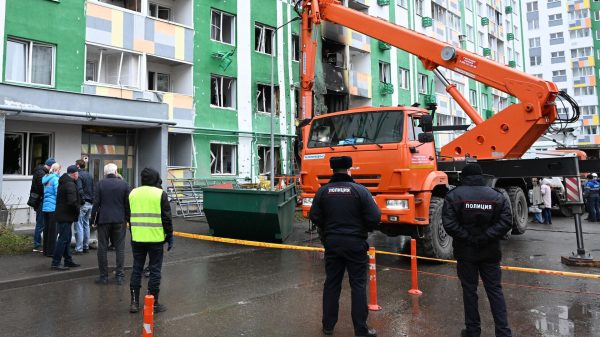


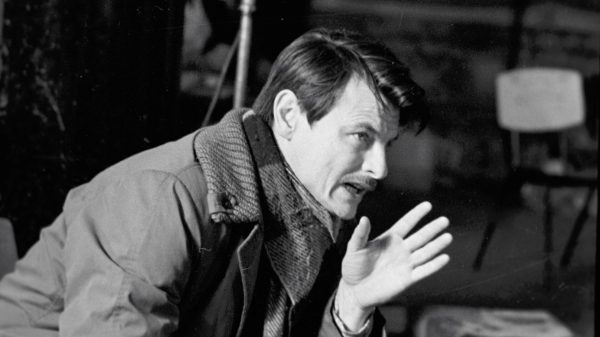




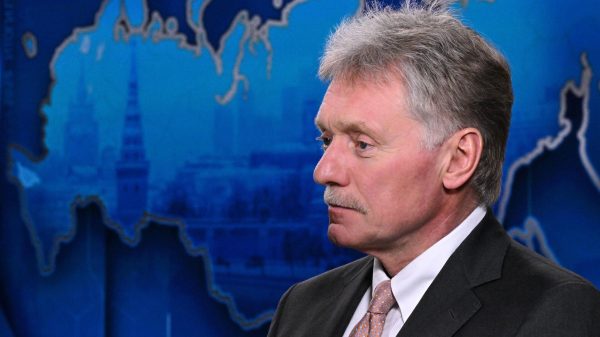



































Свежие комментарии